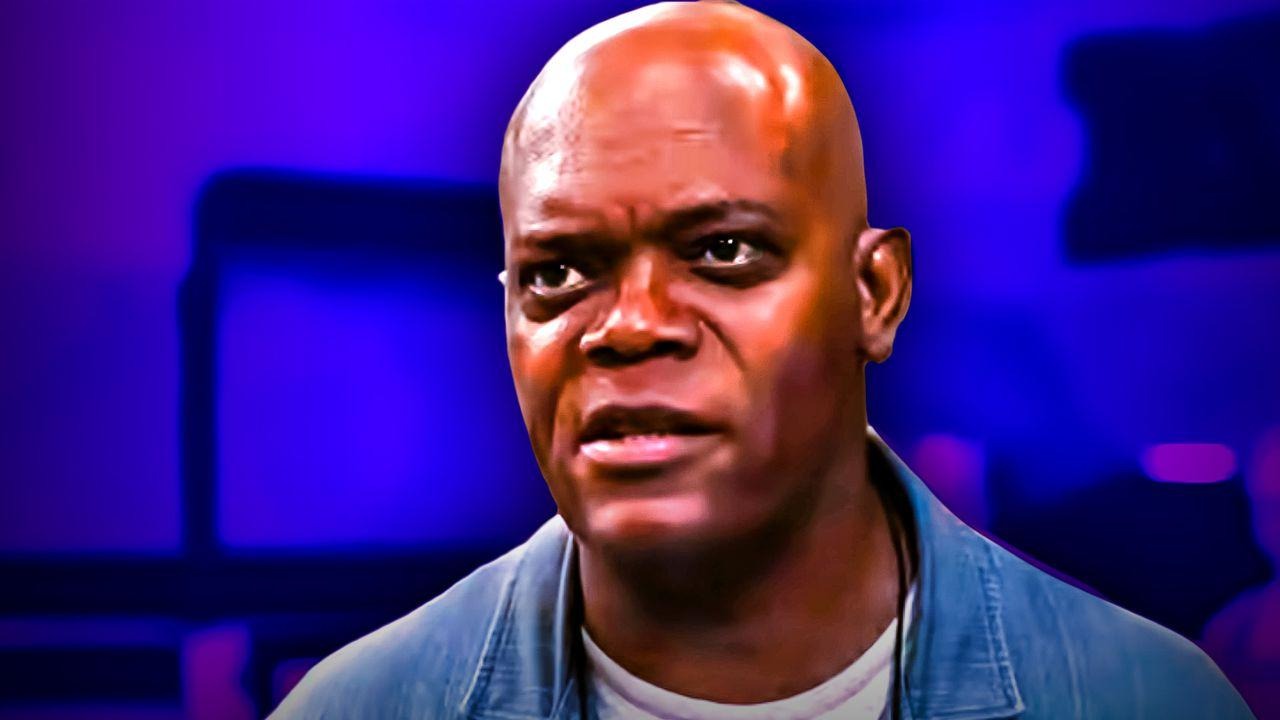From the beginning, the story paints Samuel L. Jackson’s character, H, as a ruthless interrogator who stops at nothing to extract information, even through brutal means. On the other hand, Agent Helen Brody, played by Carrie-Anne Moss, strongly disagrees with the use of torture.
She disagrees especially when it comes to getting answers out of Steven Arthur Young. Her role in the story serves as the emotional backbone, representing what remains of moral decency in a dire situation. As the countdown to detonation draws near and time starts slipping away, pressure on the authorities begins to mount.

Jehan Younger, portrayed by Necar Zadegan, is then brought into the room alongside her husband, Steven, who at that point has already endured extreme physical abuse, including having nearly all his fingertips removed.
Steven’s refusal to talk even in her presence pushes H to make a chilling suggestion: that they start mutilating Jehan to force the answers out of her husband. Despite loud objections from Brody and the rest of the team, and during their effort to restrain him, H cuts Jehan’s throat, killing her right there in the room.
Though the incident shocks everyone, the ticking clock does not pause. The urgency to protect millions remains. As a backup plan, the authorities decide to bring in Steven’s children.
The Line Between Justice and Savagery Gets Blurred
The agreement on using his kids comes with a strict condition—they must not be harmed, and it must only serve as psychological pressure. H agrees to play along with that plan. When the children are shown to Steven in a separate room, his panic rises so high that he finally reveals the locations of the three bombs.
While it appears that their mission has been accomplished, H refuses to stop there. He threatens to physically harm the children, making it clear he’s willing to go even further. Brody and the rest step in before any harm is done and quickly get the kids out of the situation.
Just as things begin to calm, H drops another revelation: Steven had gathered enough materials to build not just three, but four nuclear devices. That fourth bomb was part of Steven’s original plan all along.
He suspected he might break under torture, so he designed the setup such that revealing the first three bombs would look like the authorities had won—while secretly keeping a final device in play. That last bomb, however, remains unaccounted for. Its location is never revealed to the authorities.
As one last chaotic moment plays out, Steven manages to grab a gun. Instead of turning it on anyone in the room, he shoots himself and dies immediately—taking the final bomb’s location with him to the grave.
Unthinkable’s Alternate Ending Explained
Another version of the movie exists, different from the Netflix cut that most viewers are familiar with. In this extended edition, the events continue after Brody exits the building with the children. Viewers get to witness the authorities successfully locating and disabling the three nuclear bombs they had been trying to find throughout the story.
But just as one of the bomb disposal experts begins to celebrate, the camera slowly moves over to reveal a fourth, hidden device. Its timer hits zero—but the screen cuts to black before showing what happens. The implication of this version is that the final device might have gone off, possibly destroying an unknown city.
This film poses one central moral dilemma: Was it truly worth putting two children through psychological trauma and stripping away the humanity of the people involved just to possibly save millions?
Agent Brody’s stance was firm—she believed the cost of becoming monsters themselves was too high, even in such a desperate situation. She refused to approve of any act that would torture or scar innocent children just to chase a possibility.
Perhaps, if someone else had been in her position, the outcome might have spared another city.



